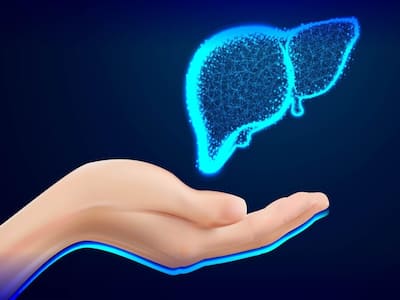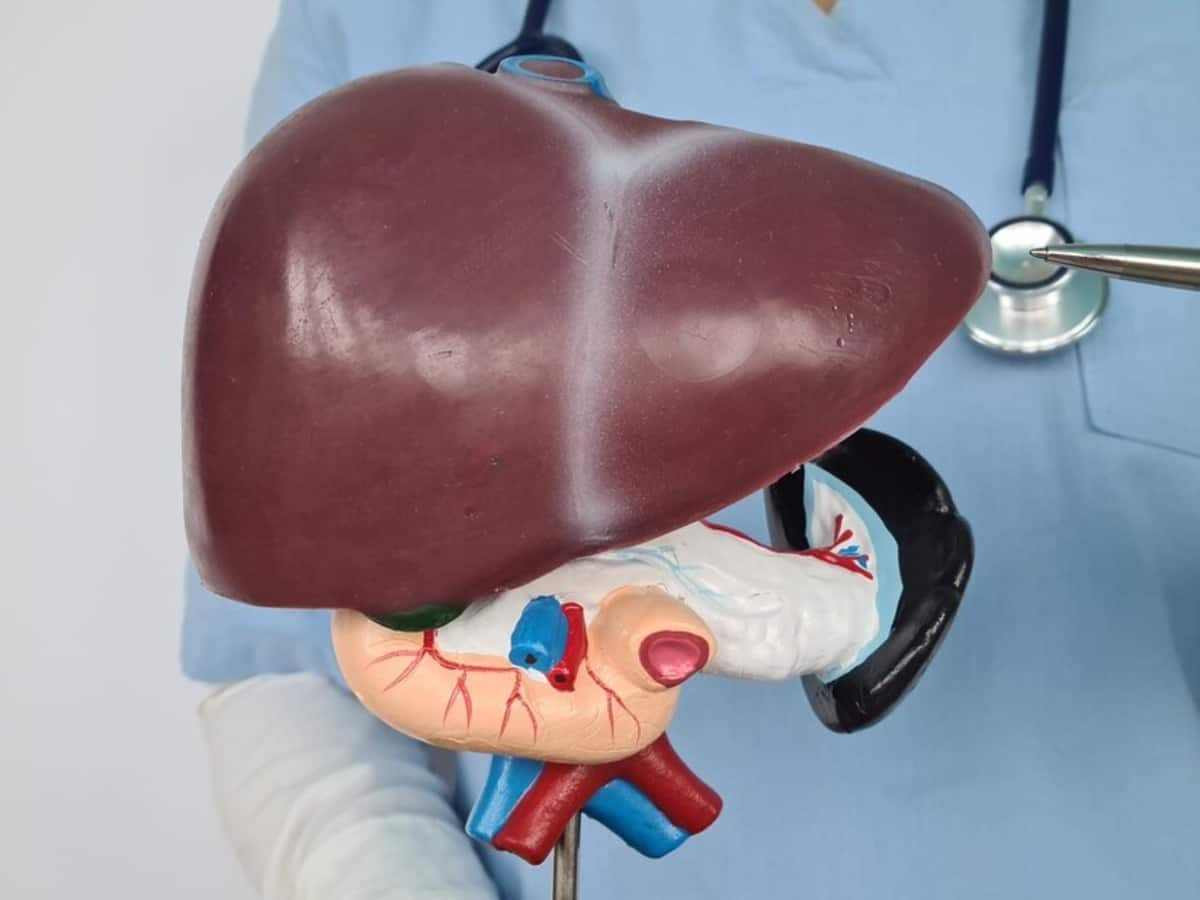Confirmed

An exchange transplant occurs when a close relative of the first patient donates their organ (a kidney or part of the liver) to the second patient. In return, the second patient’s relatives will donate organs to the first patient, the doctor said.
In what seems to be the foundation of human empathy, achieved purely through advances in the field of medicine and health care, two women share part of their livers and help each other receive a life-saving transplant. saved my husband’s life. Both men had terminal liver disease.Also known as “Replace the liver”, the transplant was performed at Global Hospital, Parel, Mumbai, and was led by a team of eminent doctors like Dr. Gaurav Chaubal, Head of Liver, Pancreas and Intestine Transplant Program, HPB Surgery. Dr. Sameer Shah, Director of Liver Diseases, HPB Surgery and Transplantation. He is Dr. Uday Sanglodkar, Senior Consultant Hepatologist and Clinical Head of the Liver and Transplant ICU. The simultaneous 10-hour transplant surgery succeeded in saving the lives of both patients.
patients
One of the patients, a 61-year-old man from Amravati, was suffering from the following symptoms: diabetes, high blood pressure, hypothyroidism, interstitial lung disease. He also suffered from hepatitis C, which causes ascites buildup and end-stage liver disease (liver failure). He eventually became unable to carry out his daily activities. The other patient, a 41-year-old man, had a history of hepatitis B, which caused liver dysfunction.the two were waiting transplant over 1 year.
transplant
Dr Shoval said the patient’s wives were “enthusiastic” to donate part of their liver, but after careful evaluation of the recipient and donor, their blood type did not match that of their partner. It was determined that the patient was not suitable for transplantation.


“Swap” port
It was then decided that the couple could choose what is known as an “exchange” transplant.
“Exchange transplantation is done by a next of kin of the first patient donating his or her organ (a kidney or part of the liver) to the second patient. In return, the second patient’s relative donates his or her organ. Donate the organ to the first patient. [Patient 1’s] My wife donated part of her liver. [patient 2]meanwhile [patient 2’s] My wife donated her liver [patient 1]. Two transplants were performed simultaneously for 10 hours on two donors and her two recipients. The recipient was discharged from the hospital in 14 days. The donor will arrive within seven days,” Dr. Shobal said.


